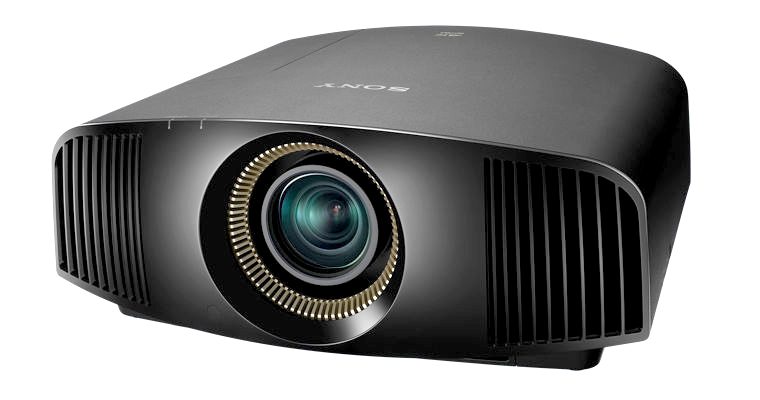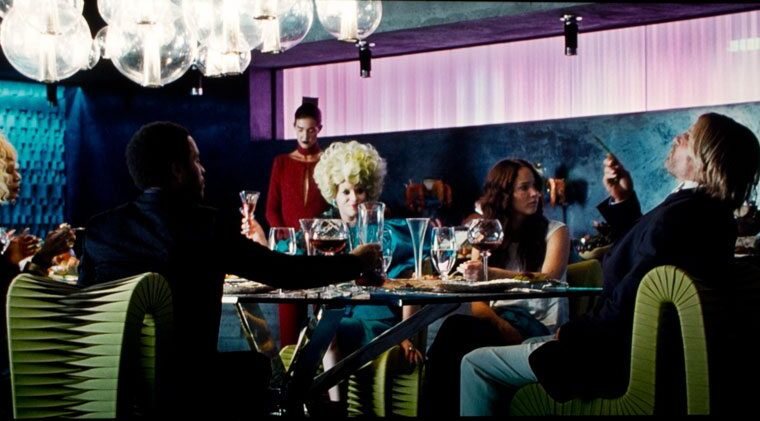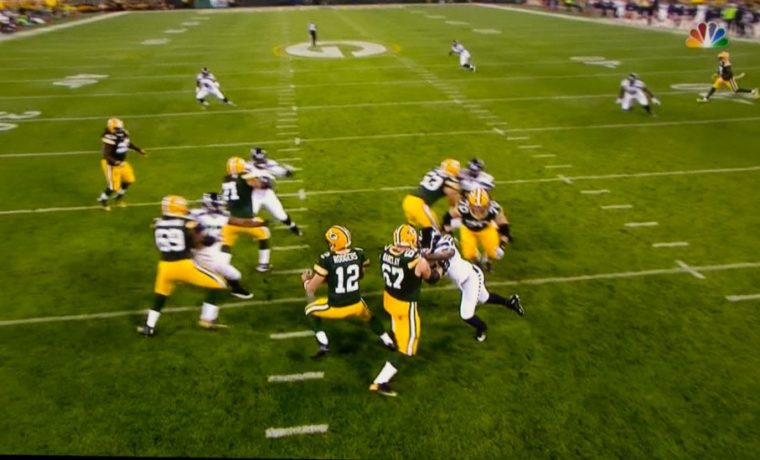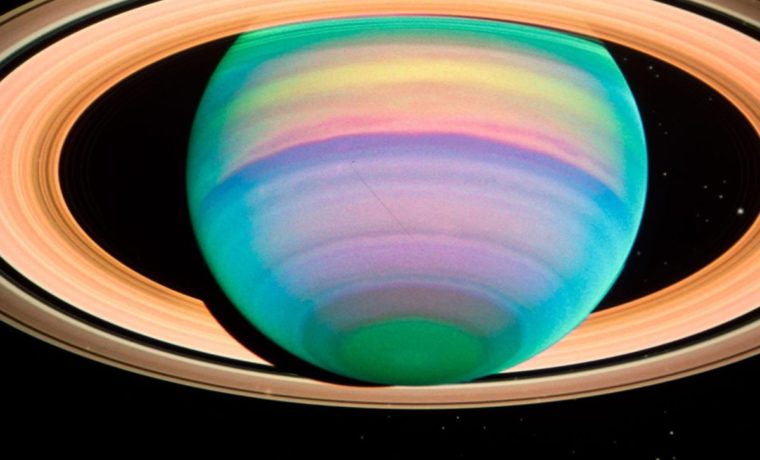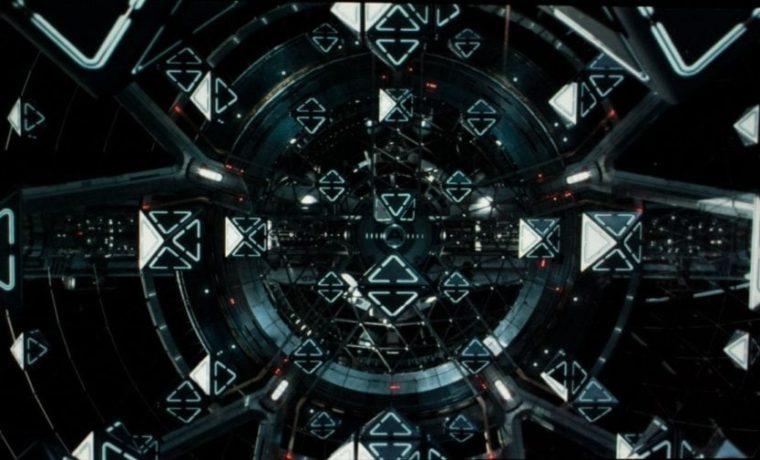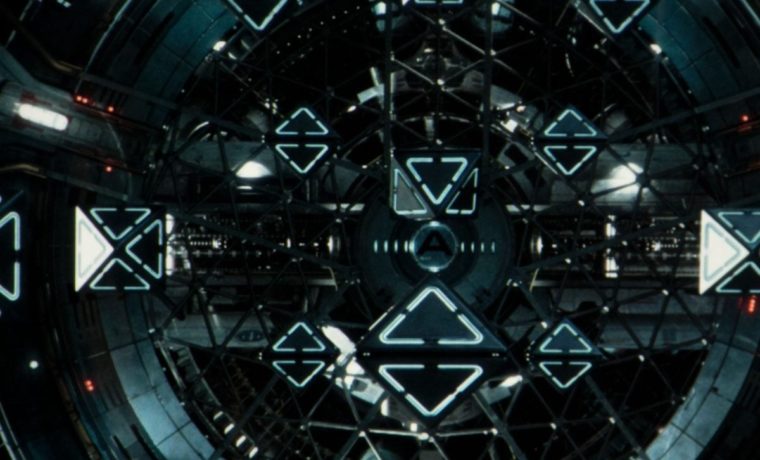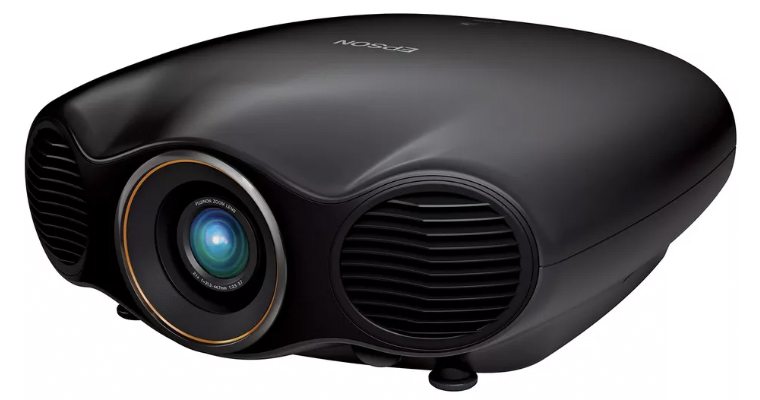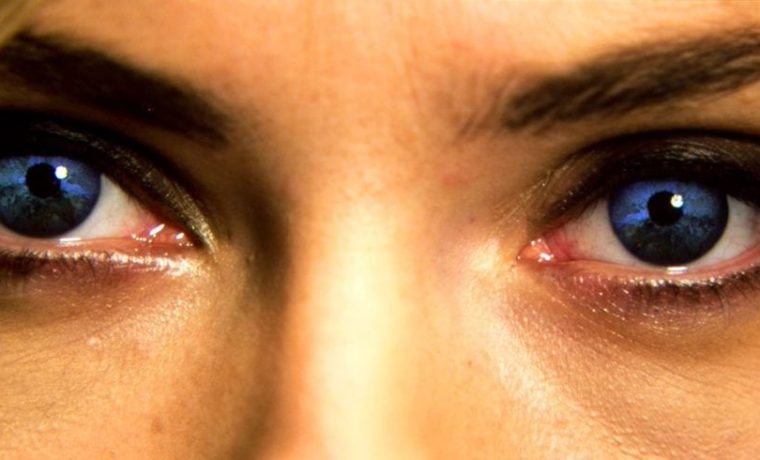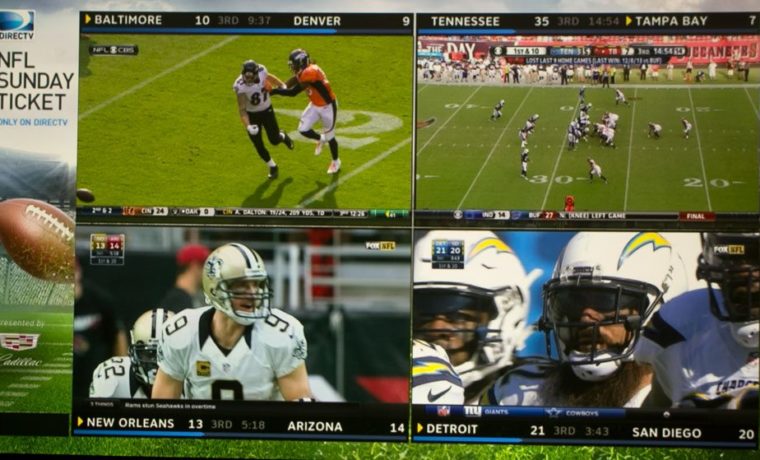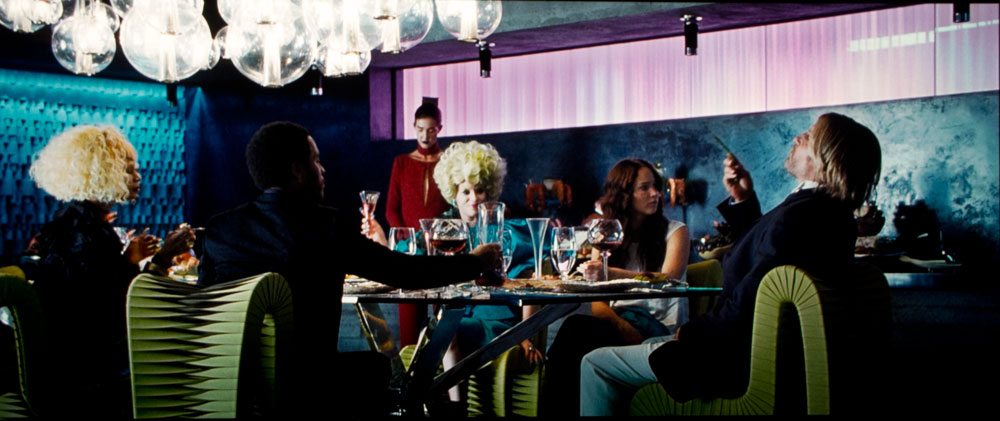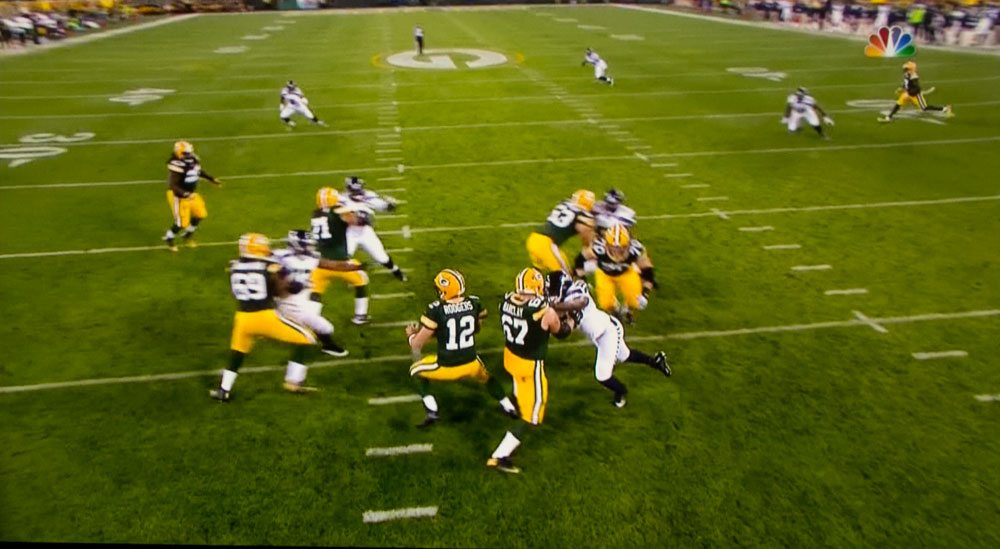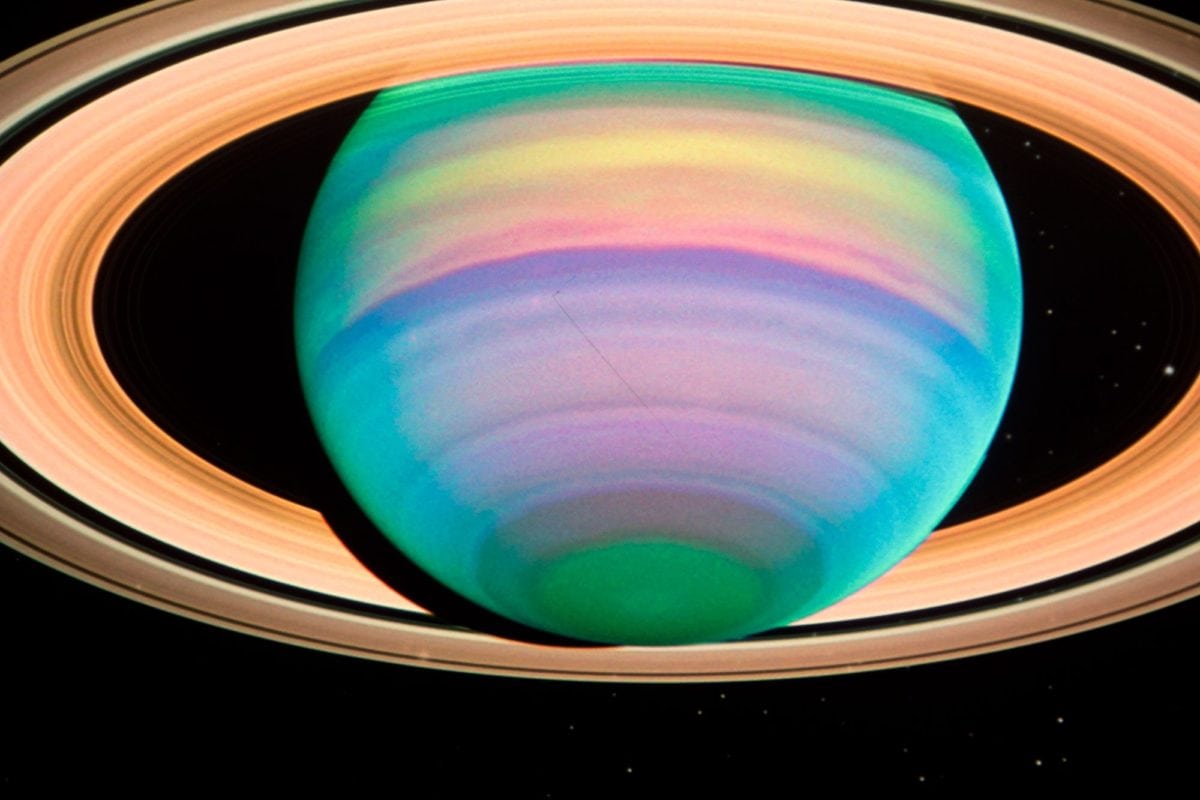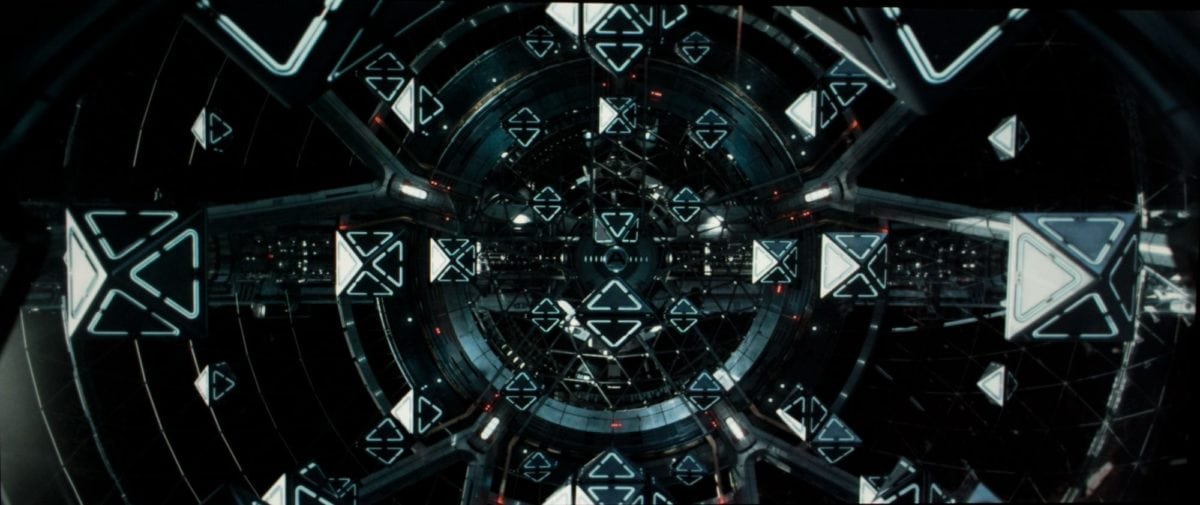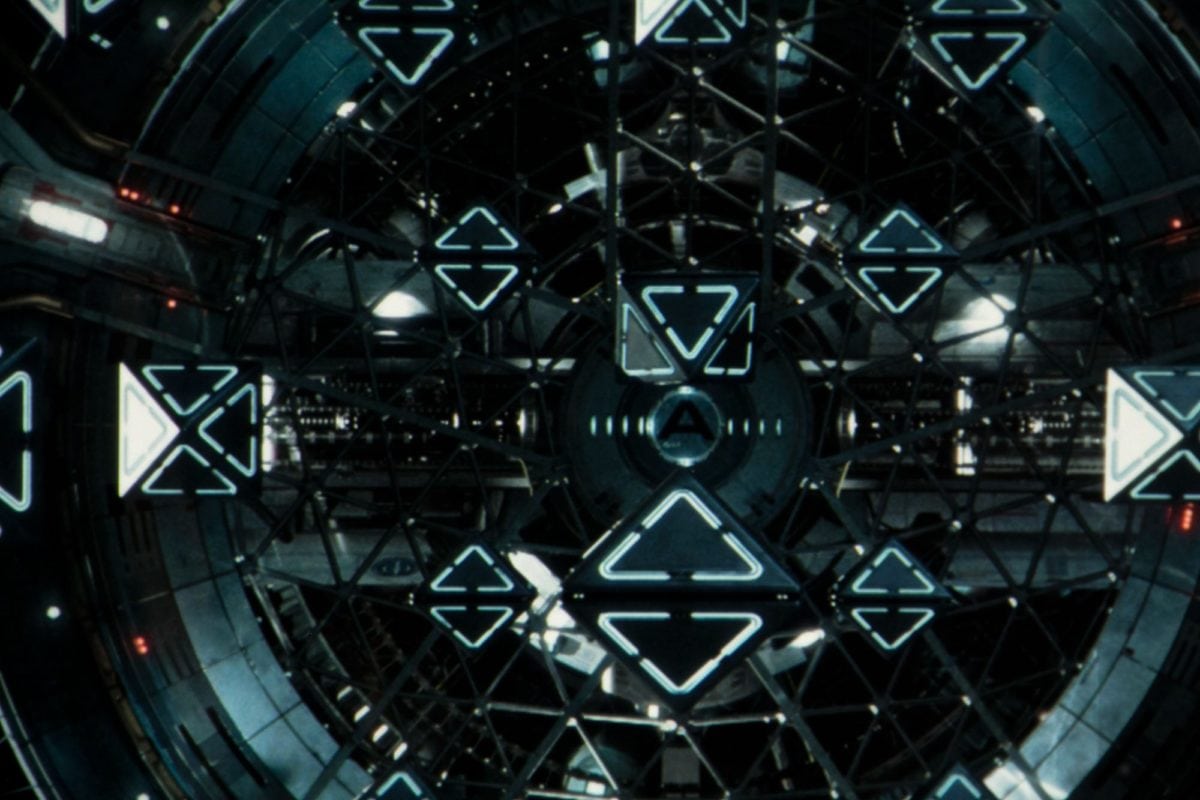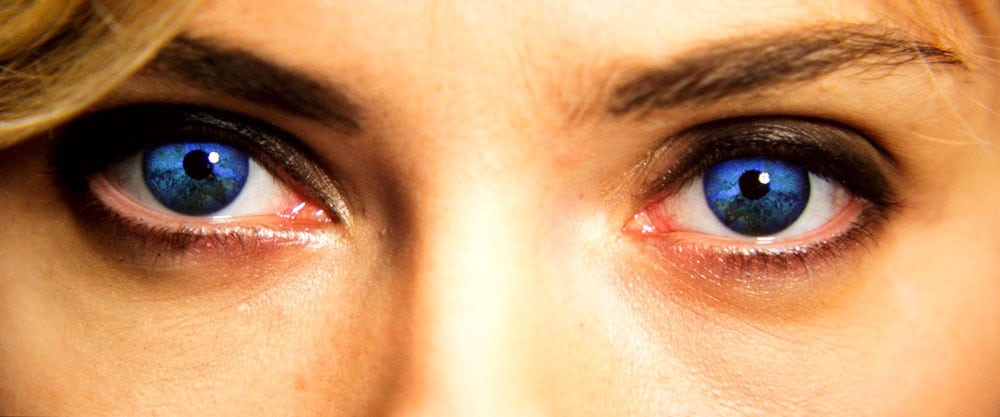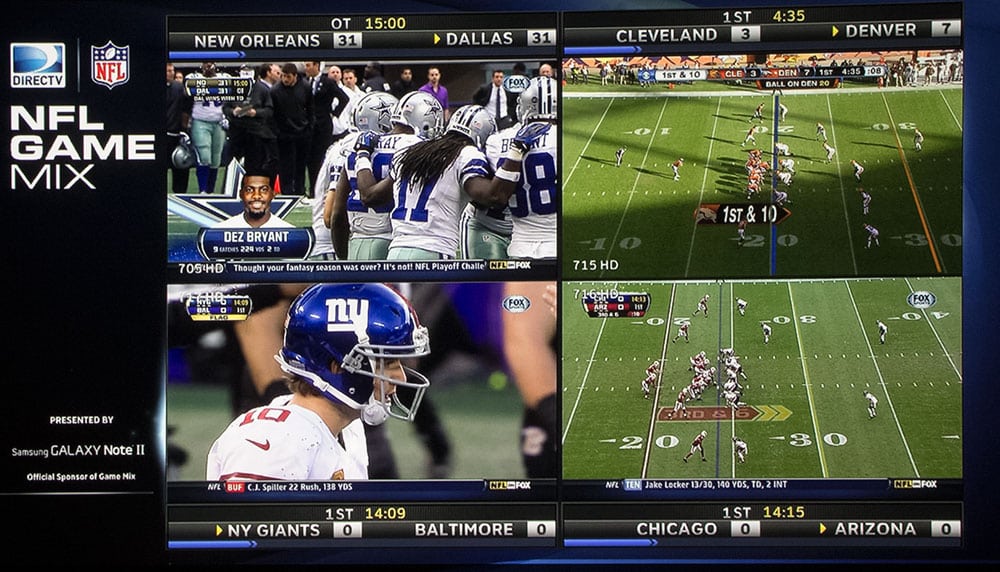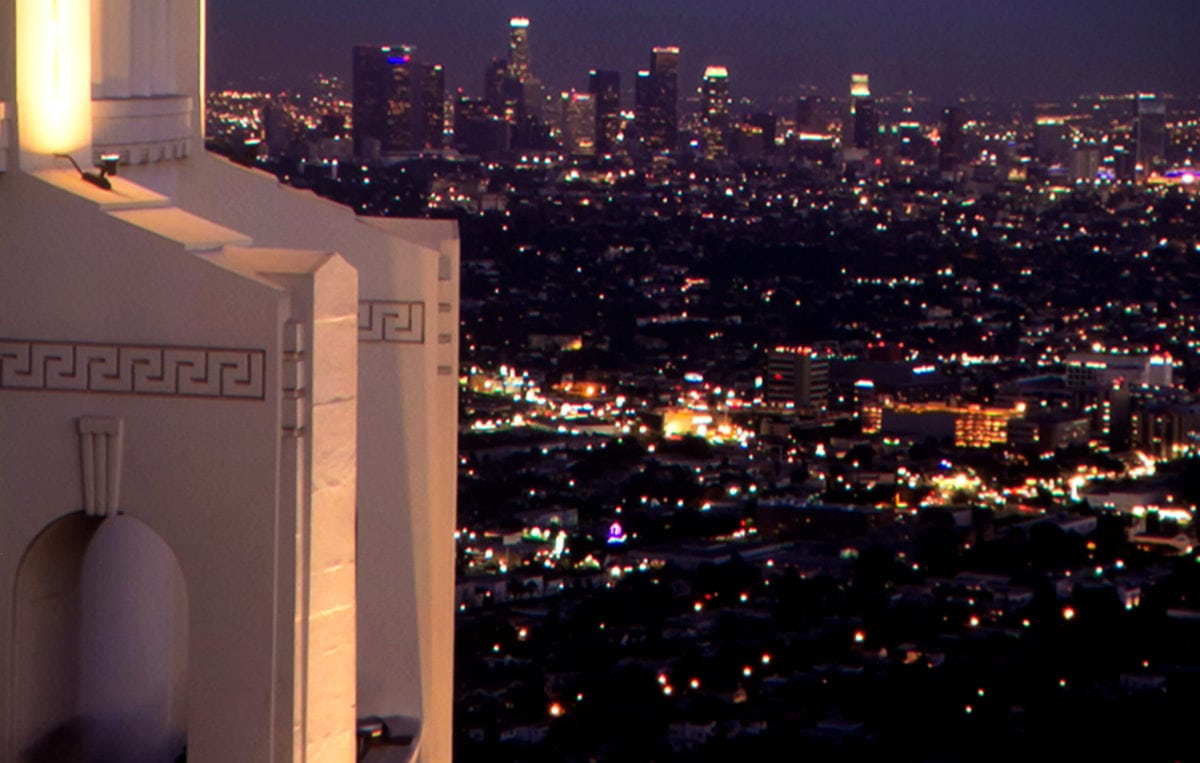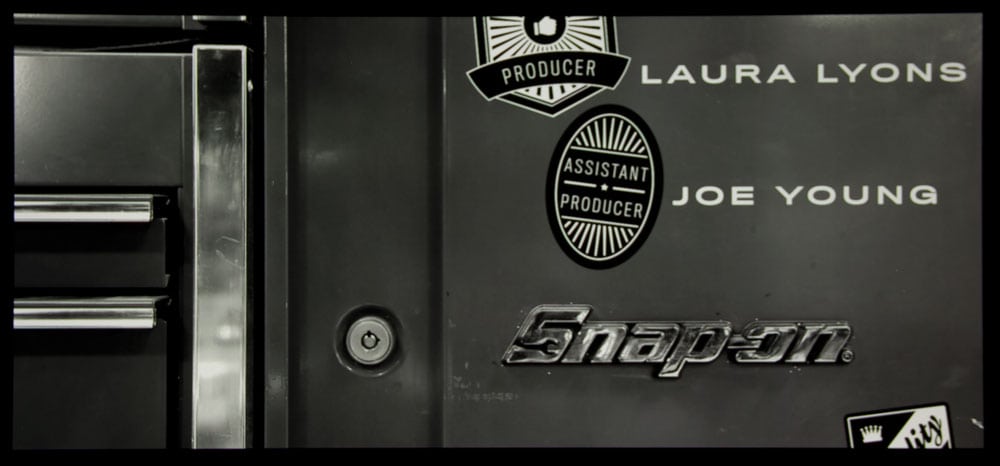The Rather Awesome 4K Sony VPL-HW365ES
Now we’re talking true 4K with all benefits. The Sony VW365ES doesn’t look sharp because of things like pixel shifting, and advanced image processing, working with lower resolution panels, rather this VW365ES is the least expensive true 4K projector shipping at the time of this Holiday Guide’s publication.
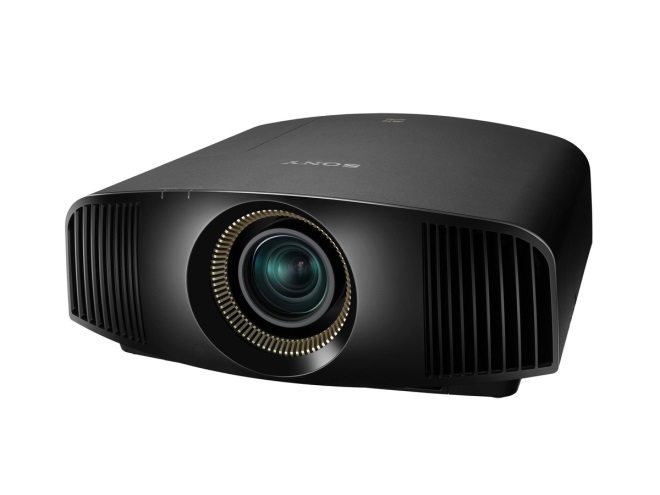 Click Image to Enlarge
Click Image to Enlarge
While lesser projectors with fancy processing can make you think you are watching true 4K on some things, this projector is the real thing. It can fully resolve single pixel wide lines, as just that elegantly thin and precise, while those pixel shifters will make those lines thick and soft by comparison.
Images above: The first two are 1080p (The Hunger Games), followed by three HDTV images.
The last 5 are from 4K content: Saturn (and a close cropped version for more detail) and the spacecraft from Journey To Space, plus one from Ender's Game, and a closer look at part of it.
The 365ES is a bright projector – in the 2000 lumen range, so it’s got enough muscle for large screens up to 150 inch in a dedicated theater, when watching 2D. But since we’ve entered the world of 4K HDR, which demands lots of lumens, this Sony, for 4K viewing is still best when viewing at content in the 100 – 120” diagonal range.
Color is near perfect out of the box. The lens is motorized, but strangely lacks Lens Memory for those wanting a cinemascope type wide screen. OK, you can still adjust using the motorized controls, it might take you up to a minute to go from widescreen to 16:9 or back (as opposed to having a button to do it), but I think folks can easily live with that, (I have)!
Fun viewing advice: Check out this summer's Ghostbusters in 4K on your new projector. The movie is far more fun than uptight reviewers (searching for deep meaning and world class character development) gave it credit for. And the effects are absolutely world class.
With this projector you are there. Buy those 4K Blu-ray UHD disks, and enjoy. This projector will last you years, many, until you get the bug again, to upgrade – perhaps to 8K in 2022?
A most enjoyable projector to watch and own, in both dedicated home theaters, and in media type rooms with very good lighting control.
So, What’s with 4K? And What is this “Pixel Shifting, anyway?
Two of our four projectors in this guide are native 1080p but offer pixel shifting to double the number of pixels on the screen and to enhance detail, especially from true 4K source material such as Blu-ray UHD disks.
Of course 4K is the big thing with LCD TVs
You'll have to strain your brain though, to figure out why you need 4K if you are sitting 10 or 12 feet from a 50” LCDTV display, because you probably can’t detect any difference at all between 2K (1080p) and 4K at that distance. But if you want to sit 7-12 feet from a 100" - 120” screen, so you are immersed with a huge image, (like sitting half way back or less, in a good movie theater), you can instantly appreciate how superior 4K is! And when you add HDR, and some of the other goodies, not only do you get higher res with the VW665ES, but you get a truly superior picture when it comes to color and dynamics!
As we enter the 2016 holiday shopping season, the lowest cost true 4K projector sold in the US has a list price of $9,999 (the Sony VW365ES featured above).
There’s a technology that basically attempts to split the difference between basic 1080 and 4K in terms of resolving detail. It’s called pixel shifting. Only two companies are offering pixel shifting – JVC and Epson, and one of each are featured in this holiday guide. With pixel shifting you can take the content, upscale to 4K, but since the projector panels are still only 1080p, you address them twice, but shift the second pass by 1/3 or ½ of a pixel. This gives a smoother more continuous image. There’s some real benefit there, as our demonstrations in reviews have shown.
A well implemented pixel shifting design may allow a 1080p projector to seem as detailed and sharp (although done so digitally) as a true 4K projector when both are displaying standard 1080p, especially off of a Blu-ray disc. In fairness, with true 4K content starts becoming readily that's when a true 4K projector will have the advantage. Still but pixel shifting done right is the way to get the sharpest image today, without the expense of a true 4K projector.
Epson Pro Cinema LS10500 Laser Projector
I haven’t laid my hands on this projector (although I’ve seen it demoed at CEDIA in a fully darkened room - impressive). Mostly it looks, and cooks, like last year’s LS10000, but with some minor improvements and one important addition. The older LS10000 supported 4K content, but not 4K HDR. The LS10500 adds support for HDR. It is, though, a 1080p projector that uses pixel shifting and advanced image processing.
When I say it “looks and cooks” I mean rich, vibrant colors, excellent sharpness, and consistant color over years.
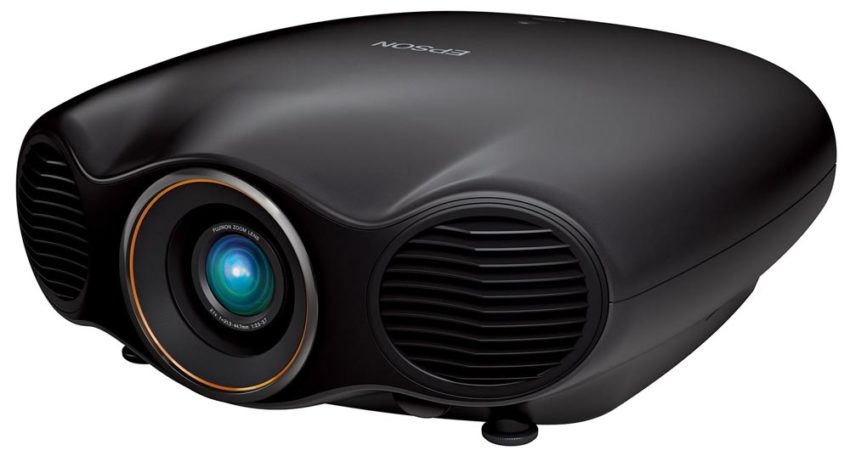 Click Image to Enlarge
Click Image to Enlarge
This projector is for your dedicated home theater. Those great blacks are wonderful, but even in a room with only minor ambient light, the difference between great and merely very good black level performance is reduced significantly.
Images above: First two are 1080p from Blu-ray disk
The next two are from HDTV.
The final six are 3 pair of true 4K content images, a full shot and a close-up of a small area to see the detail
With that HDR detail addressed, (please understand: There are still lots of unanswered questions re 4K and HDR, as it is an evolving standard, and even the studios are recording their 4K UHD disks differently from each other). But it's time to take a look at the rest of this euro-style looking laser projector.
At 1500 lumens, this is a projector with a good deal of brightness, even if slightly less bright than the other Epson and the Sony VW365ES. If it were not for 4K with HDR, that wants a lot of brightess, we could describe it as a basic light canon as a 1080p projector!
Black levels are excellent, even without a dynamic iris, and when you get black frames – the laser engine shuts down completely – for true black! Pretty impressive. We truly love the black levels of the less expensive 5040UB, but this Epson laser is a real improvement over those. (And that's saying a lot!)
As I said, 1500 lumens, but folks this is a laser projector. A typical 2000 lumen lamp projector will probably be outputting well less than 1500 lumens by the time the lamp has 500-1000 hours on it. By comparison, the LS10500 will take years before any loss of brightness is noticeable! So in the long run, it will be brighter, for all practical purposes when compared with a 2000 lumen lamp based projector, during most of its life.
A three year warranty with three years of overnight replacement program make for about as good a warranty as exists in home theater projector space. I just can’t wait until the LS10500 arrives in December (2016) for me to review. I just might hang on to it for a few extra months…
Projectors - the Affordable Alternative to "Going to the Movies"
Got Kids?! Getting tired of spending $60-$100 (or more) for a family of four to go see a movie, have popcorn drinks and candy. Four IMAX 3D tickets alone are fast approaching $100 total! Perhaps it’s time to bring it “in-house”. Imagine what it takes to take a family of six to the movies? Probably a second mortgage or a 2nd job? How many folk can afford to go the movies, I really wonder. When you think about these costs, a projector, screen, and sound system will pay for itself rather quickly if you are a big movie fan. BTW, just because you do have a home theatre projector, doesn’t mean you can’t go see some of the movies in the theatre. I know that in our house we still go out for up to 6-8 movies a year (we really like movies), but we will watch 20+ new releases at home as soon as they are available on Blu-ray or movie channels. We have to wait a bit, but… it's worth the savings well more than $1000 a year for our family. If you can save $1000-$2000 a year, that will pay for...well, I'll let you do the math.
Of course if you are looking at over $2500 projectors, you can also afford to go to the movies, but I thought that might provide some perspective (or rationale) if you have to convince someone that you "need" a projector. -art
One more page with one more projector - in this case - merely the best in the world! And learn about another fine projector screen option.

